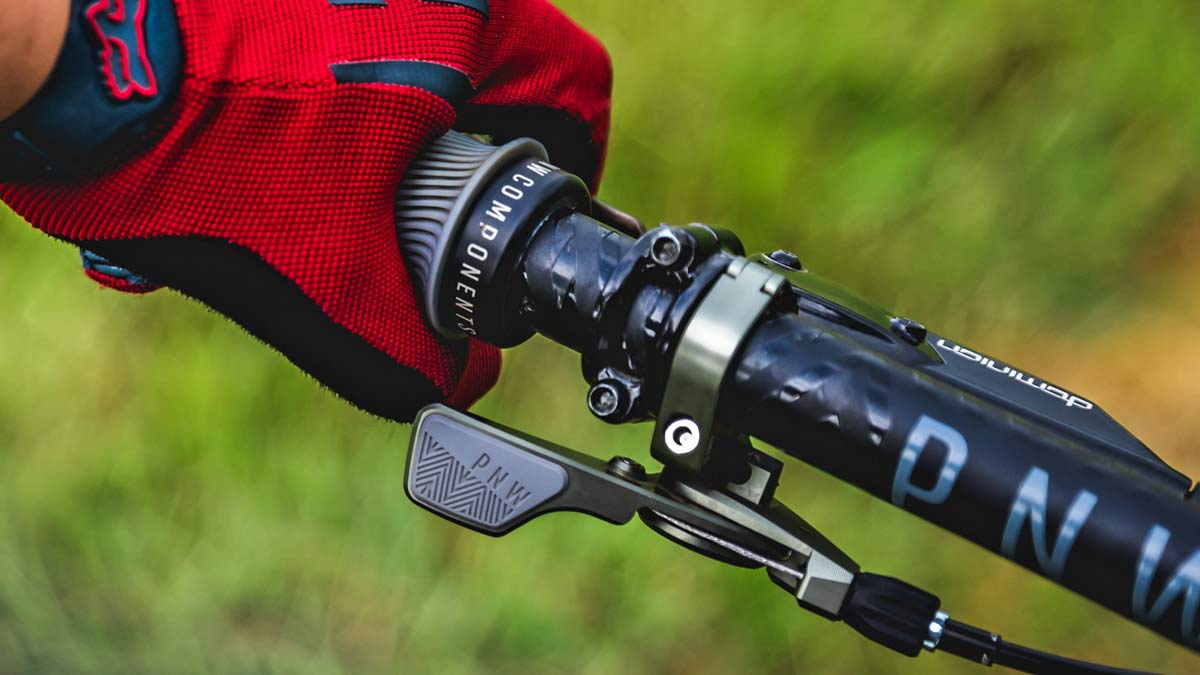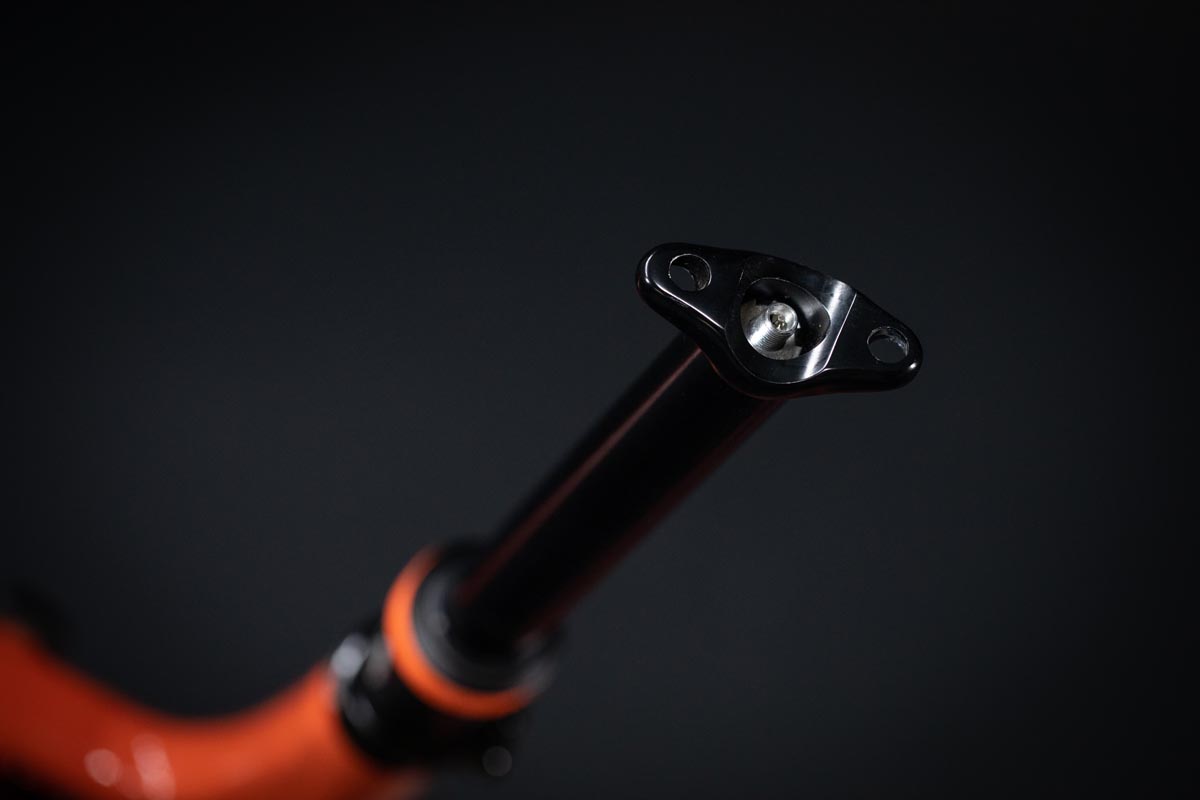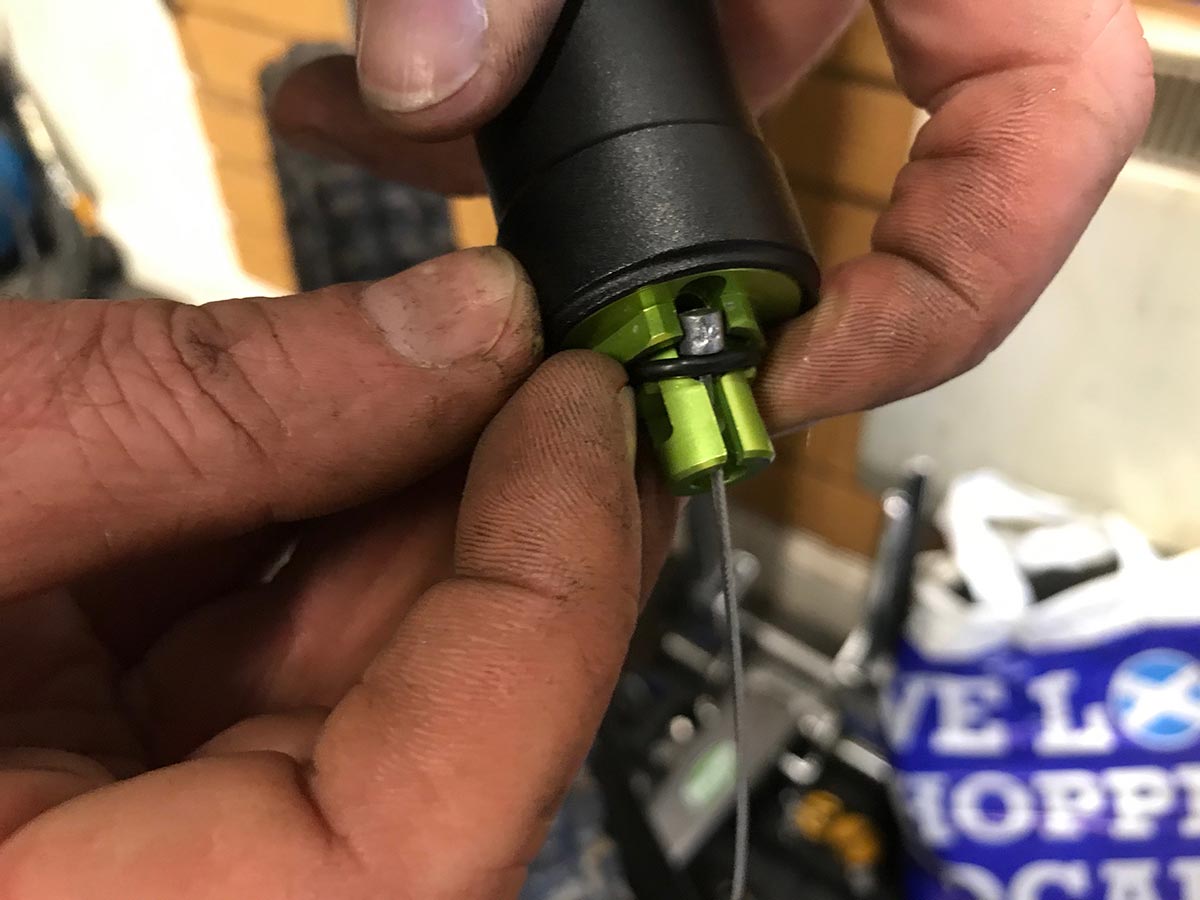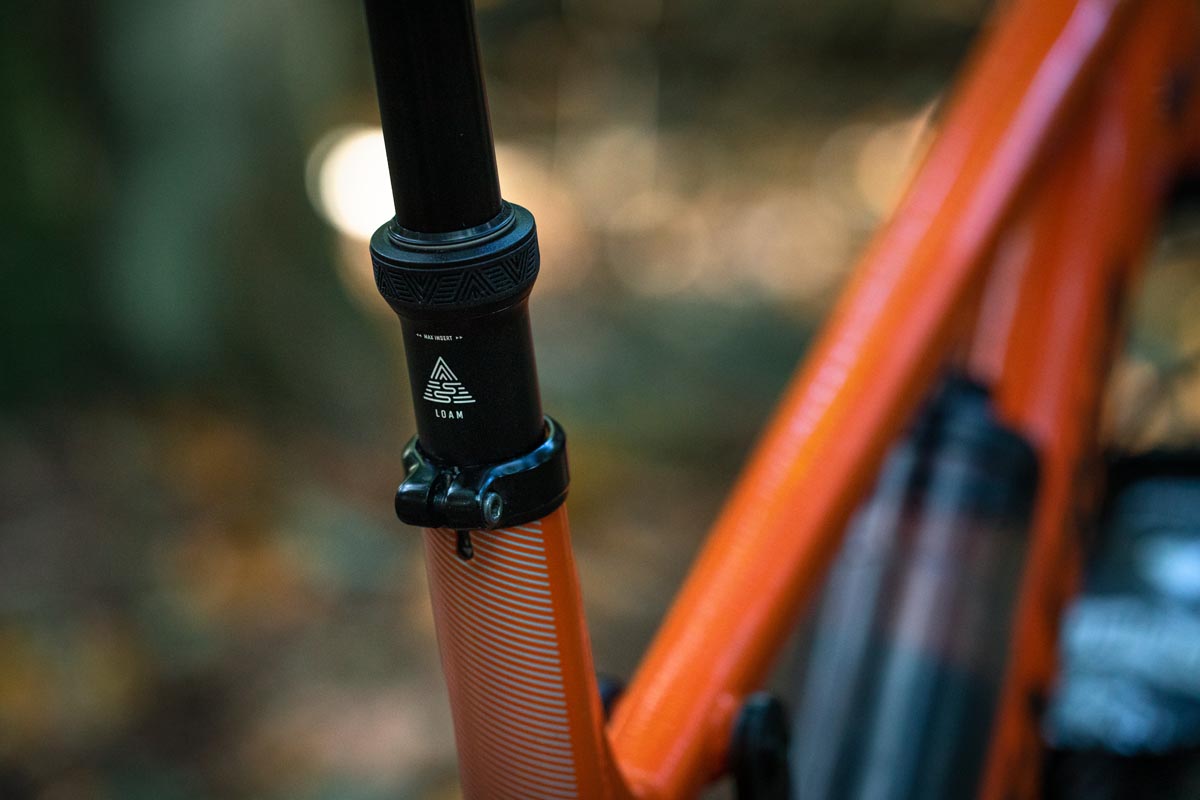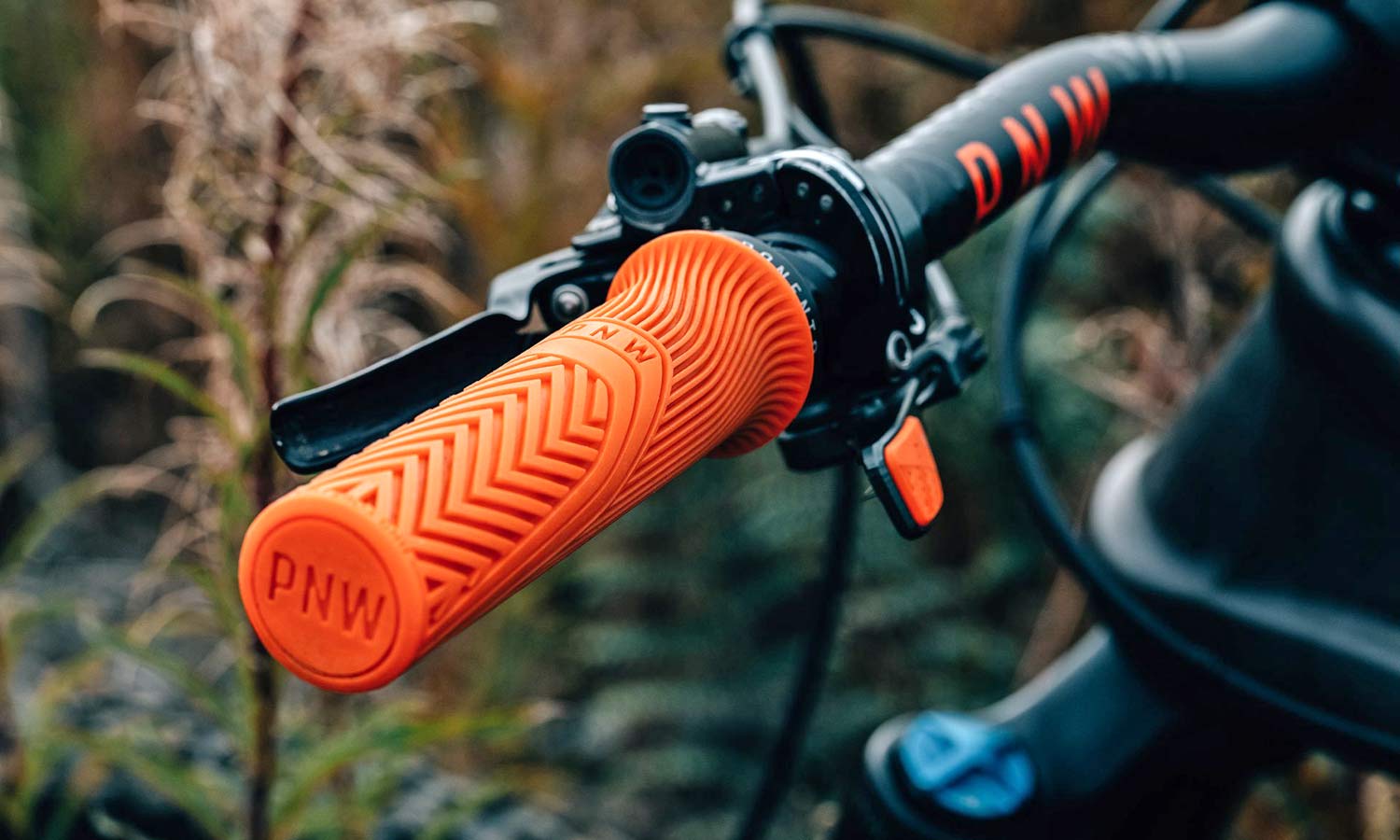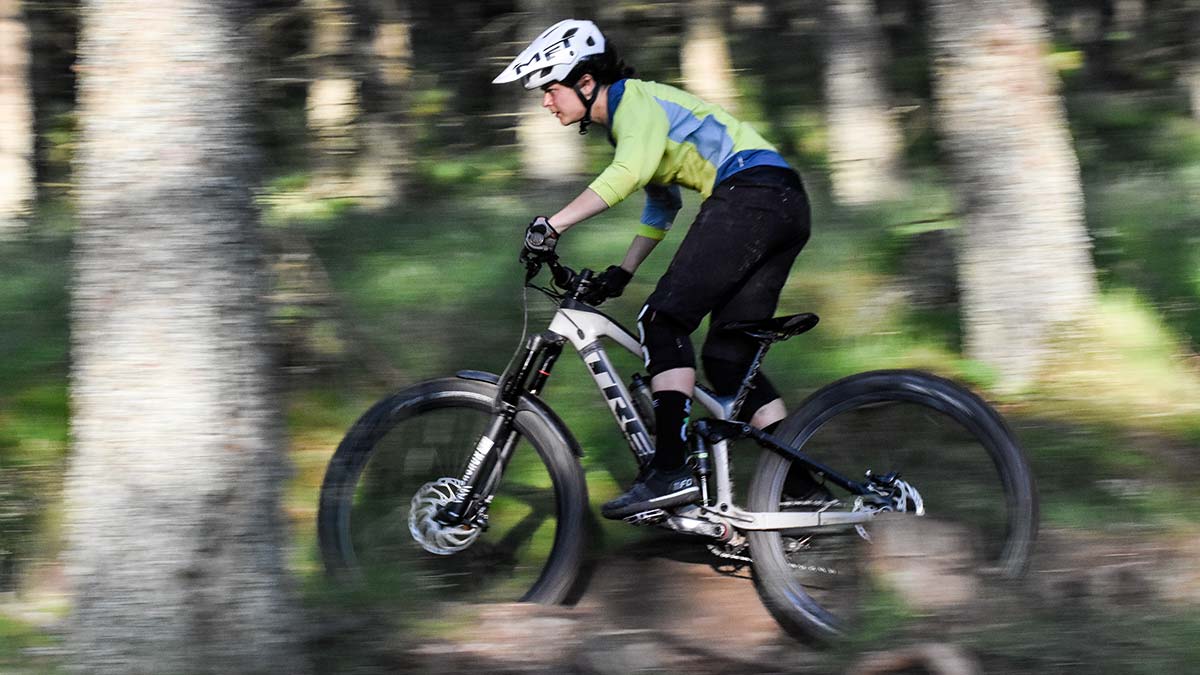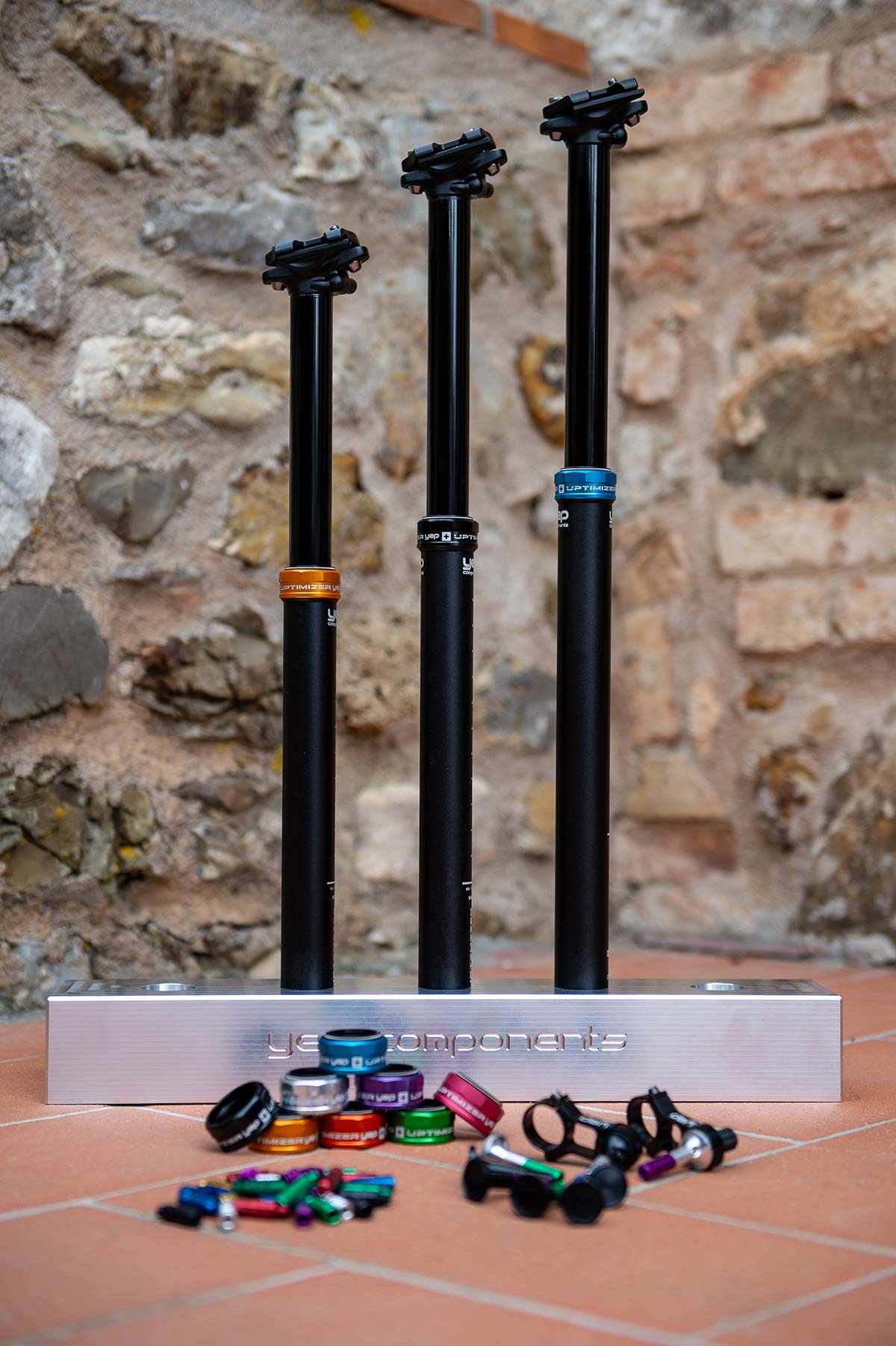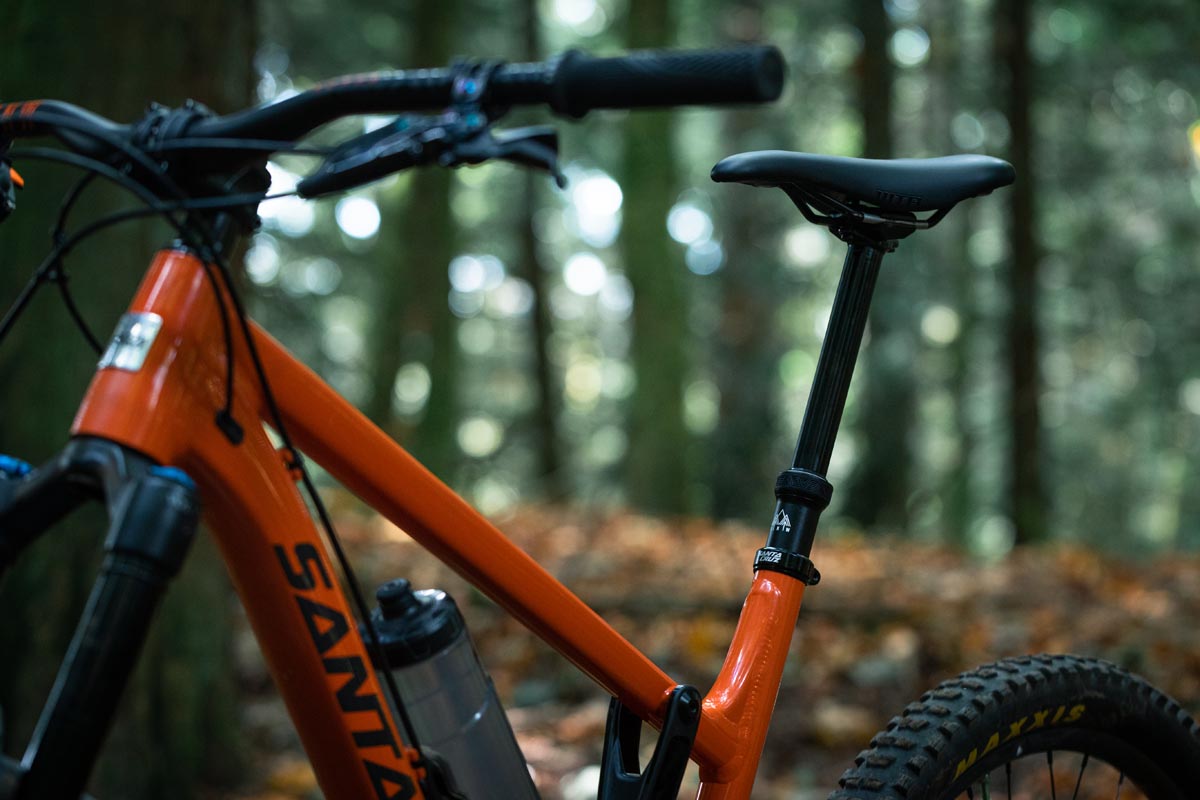We know, there’s no such thing as a stupid question. But there are some questions you might not want to ask your local shop or riding buddies. AASQ is our weekly series where we get to the bottom of your questions – serious or otherwise. Hit the link at the bottom of the post to submit your own question.
Welcome back to the Bikerumor Ask A Stupid Question series. This week we’re answering your technical questions about dropper post maintenance and tuneability, recruiting experts from OneUp Components and YEP Components. Your contributors are as follows:
- Sam Richards, Engineer at OneUp Components
- Andrea Chiesa, founder of YEP Components
- Reilly Kintzelle and the Customer Service Team at PNW Components
My dropper post drops and bottoms out as soon as I sit on it. It is not quite a year old. Just went to use it for the first run of the year and it won’t hold my weight. Is this something I can adjust or do I need to have the cylinder pressured up?
OneUp Components: This symptom indicates a complete failure of the brake mechanism in the cartridge. Even if all the air has been released from the system the brake should still function. If we received a customer complaint with this description we would send them a replacement cartridge immediately.
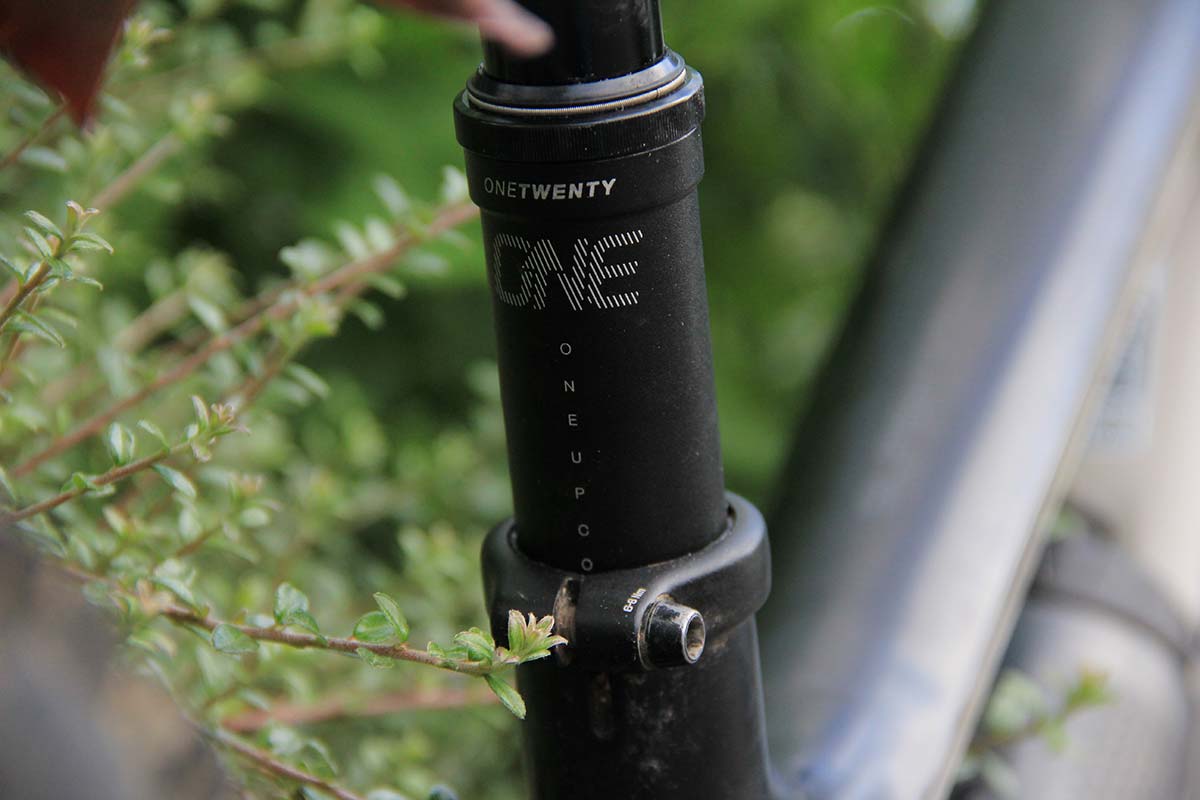
If the brake works but your post is slow to extend then they likely need to add air to the cartridge.
YEP Components: If it is a hydraulic system, it could be one of two things; 1) the cable routing is not correct, and as such the valve it is not closing as it should, 2) the cartridge has air in it so it needs to be bled or swapped out for a new one.
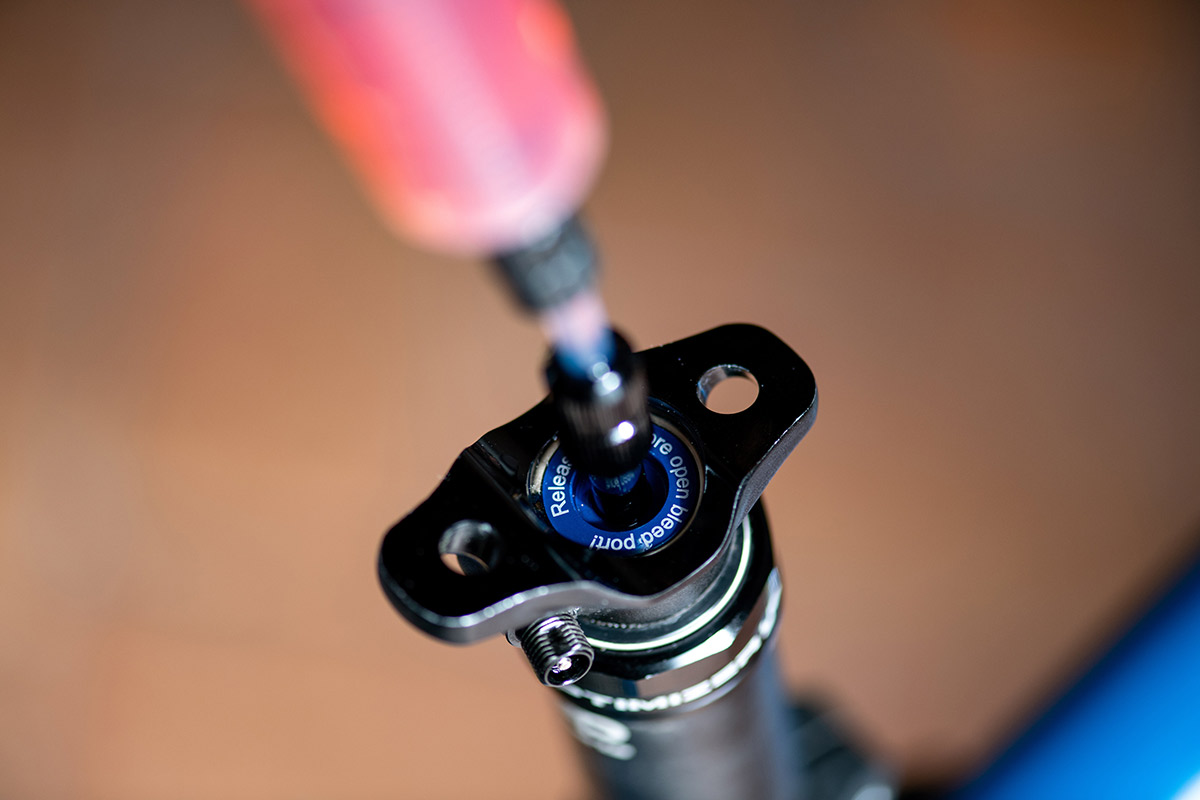
PNW Components: This depends on the dropper post you have. If you have a Dropper Post like the PNW Components Loam which has an adjustable air cartridge, that may be the culprit. One thing to always do first is to isolate the post from the lever to see if the post lowers with the lever cable disconnected.
If you disconnect the lever cable at the post and the dropper stays put, then your cable tension may be a bit too snug and may be causing the post to ghost activate. If it still drops, then (if your post has an adjustable air cartridge) check to ensure that it is up to the specified PSI.
Over time, the cartridge may lose a little air like your tires do. Pumping it up should remedy the issue. If your post has a sealed air cartridge, such as is found in the Rainier Dropper, or you have it charged properly and it drops while disconnected from the lever, that would be a good candidate to send it in for inspection. Be sure to check with the manufacturer before shipping it back.
Is there any way of altering the progression of my dropper? I don’t like how it just slams straight to the bottom of its travel when I push the lever. A bit of resistance would help me fine tune my saddle height for technical climbing.
OneUp Components: Maxing out the pressure would increase the resistance when lowering and therefore make fine tuning the drop easier. That said, we typically find that riders want lower drop resistance, not higher.
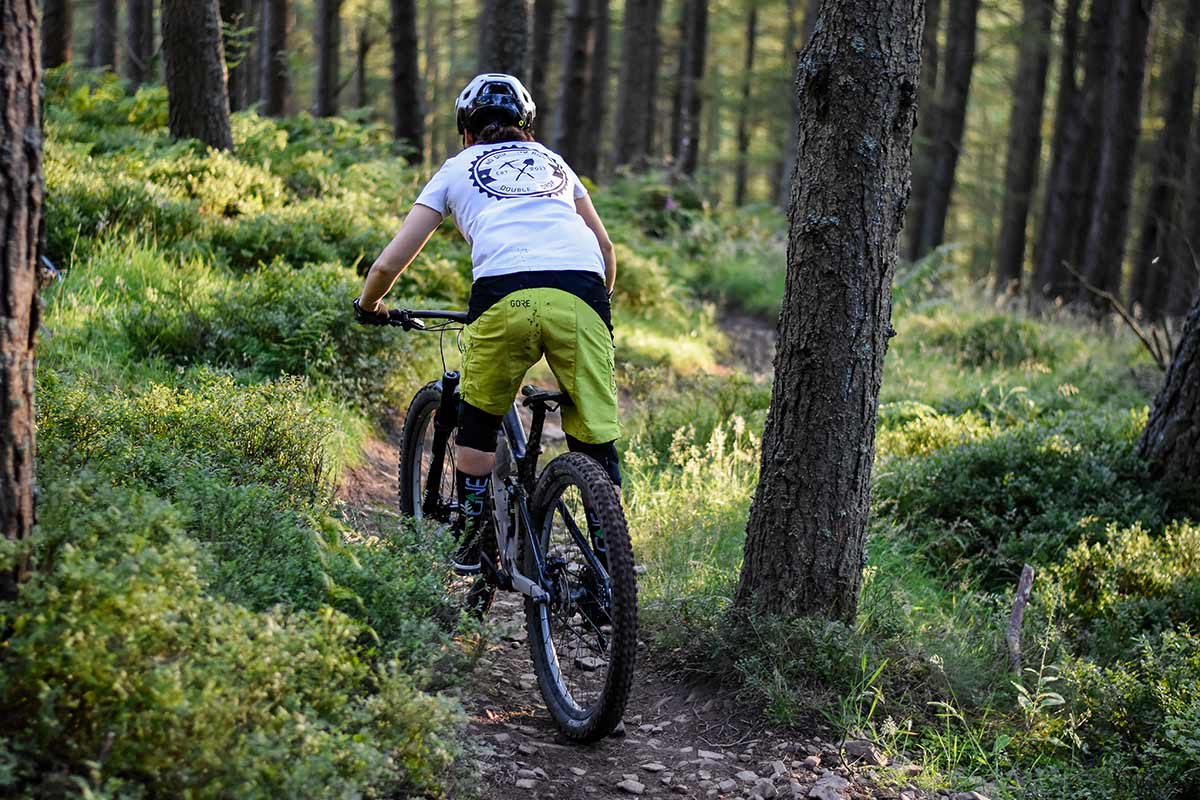
YEP Components: Mechanically actuated droppers are very fast and not controllable. Hydraulic droppers are a bit better but it can vary a lot from brand to brand. It can be tuned by changing the oil viscosity. Our 3.0 dropper has the possibility to add volume spacers to ramp the air pressure more while the dropper goes down through its travel. This will give more feedback to the rider.

PNW Components: With any cable actuated dropper, the best way to accomplish this is to not push the lever all the way when you want it to go down. By pushing the lever halfway, or partially, it will allow the post to actuate and drop but with some resistance. Doing that, along with slightly suspending your weight off the seat when it drops, will allow you to moderate how fast it will drop.
Why won’t my dropper seat post stay up (or down) when it gets really cold? I imagine something in the mechanism is freezing. Is there anything I can do to prevent this happening?
OneUp Components: Our dropper uses a hydraulic cartridge that is approved for -40C/-40F without significant slow down. We use oil and grease rated for this temperature range and do not use a hydraulic system for actuation (which is usually the issue with this complaint). As with all cable-actuated posts, care needs to be taken to lubricate and therefore not allow water into the cable housing when at room temperature.
YEP Components: This happens only on hydraulic actuated droppers; there is just one on the market. Normally, cold weather can slow the action down a bit because the oil get less fluid.
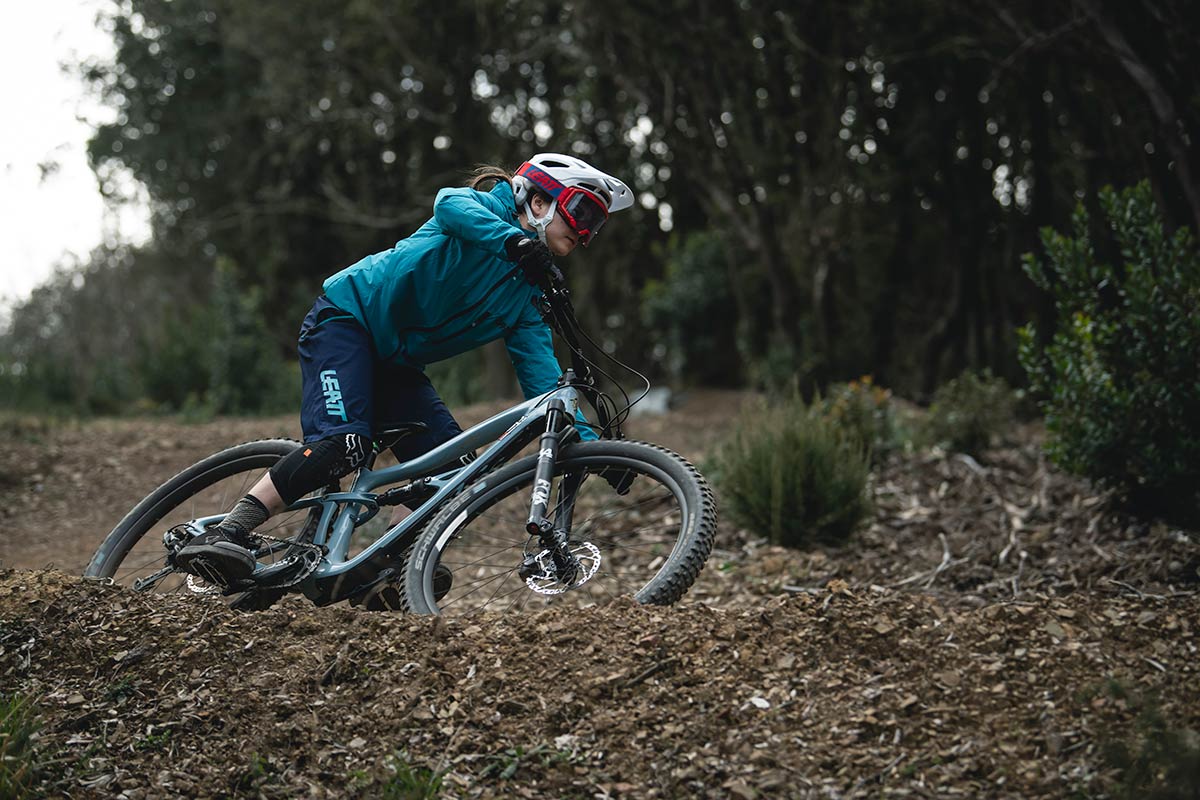
PNW Components: In really cold temperatures certain types of rubber o-rings/seals used in dropper posts can be affected. This same thing also happens in suspension forks and shocks. Depending on the construction of the dropper and the type o-rings or seals used they can become rigid or shrink, causing the internals to not function smoothly and bind up.
How can I alter the return speed of my dropper post? It returns way too fast for my liking! It’s like a rocket. I fear for my nether regions.
OneUp Components: Dropping the air pressure to 250 PSI will slow the return but even at a full 300 PSI the OneUp post is sufficiently damped so as to be approved by even the most sensitive nether regions.
YEP Components: Only by acting on the air pressure (when possible) or changing the oil viscosity (not possible on sealed cartridges).
PNW Components: If you like a return rate that’s slow and controlled or swift and poppy, you can dial in the dropper’s return rate with personalized PSI thanks to the Loam Dropper Post’s adjustable air cartridge. We suggest a range of 270-300 PSI to suit your needs.
If the dropper does not have adjustable air pressure or return speed, then the post can be controlled by doing a combination of moderating how much you push the lever (by not pushing it all the way) and slightly pinching/guiding the saddle with your thighs to control how fast it comes up. If you have a dropper with adjustable air pressure you can lower the pressure to the suggested specs based on the manufacturer’s range.
How can I prolong the life of my dropper post? Is it safe to use Suspension Lube Spray (like from Fenwick’s) on the dust seal?
OneUp Components: Five to ten minutes of annual maintenance will keep you post running buttery smooth. OneUp posts come with a sachet of Slickoleum grease for your first service. Check out our instructions for what you can do to keep things sliding nicely.
YEP Components: Taking care of the dropper will prolong its life quite a bit. The stanchion is exposed to the dirt launched by the rear wheel while riding. This is true especially in bad weather. The dirt must be cleaned off before the next ride otherwise (especially mud) when it is dried can pass the dust scraper barrier and contaminate the gliding bushing resulting in scratches on the stanchion surface.
Use a wet soft cloth to clean the scraper lip and add a little suspension oil, the same care you would take with your suspension.
PNW Components: The best way to prolong the life of your dropper post is to keep it clean, lubed and maintain it like you would your drivetrain and suspension. Regular maintenance goes a long way and is easy to do. After really dusty or muddy riding we recommend wiping down the main seal with a clean rag as you would your fork seals and rear shock seal.
It is very important to not let cleaning chemicals like degreasers and high pressure water do the work for you; simply wiping it down with some soap and water on a rag is the best. Some products like Fenwick’s, WPL Fork Boost and others help to keep the main seal from drying out in between major services but it is not a substitute for a proper tear down, clean and lube.
You will also need to make sure the products you want to use are approved for use on your dropper by consulting the manufacturer. The PNW Components droppers are very easy to maintain regularly and do not require special tools or suspension service knowledge. We suggest doing a full tear-down annually or when you notice the post getting slow and sluggish to bring the post back to life and working like new!
Editor’s Note: We sent these questions to other dropper post manufacturers, including those who manufacture hydraulic-actuated examples. Not all brands were able to dedicate the time and resources to provide a response.
Got a question of your own? Click here to use the Ask A Stupid Question form to submit questions on any cycling-related topic of your choice, and we’ll get the experts to answer them for you!

